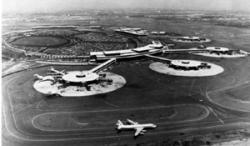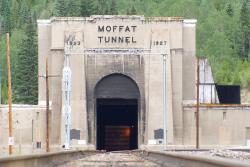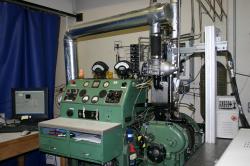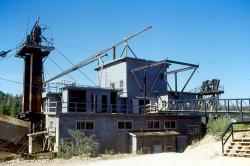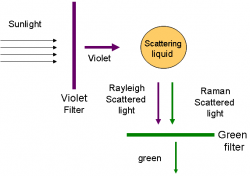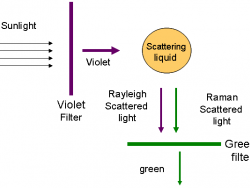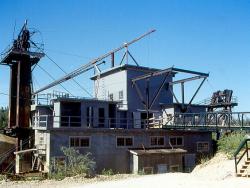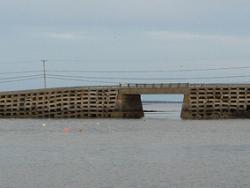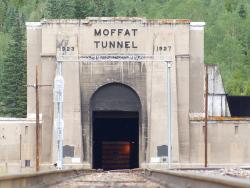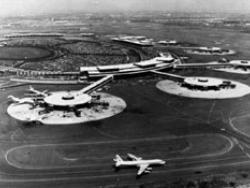In May 1927, the same month of Charles A. Lindbergh's famous transatlantic flight from New York to Paris, a fact-finding commission appointed by the U.S. Secretary of Commerce concluded that Newark would be the ideal location for an airfield to serve the greater New York/New Jersey metropolitan area.
Civic leaders wasted no time; construction began on the Newark Airport in January 1928. Nine months and $1,750,000 later, 68 acres of soggy marshland had been filled and converted to an airport.


